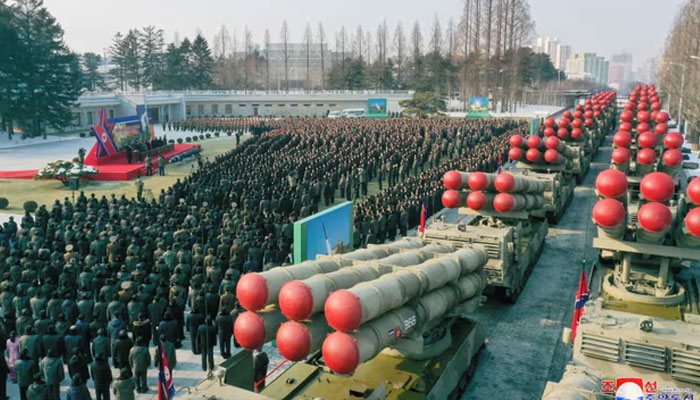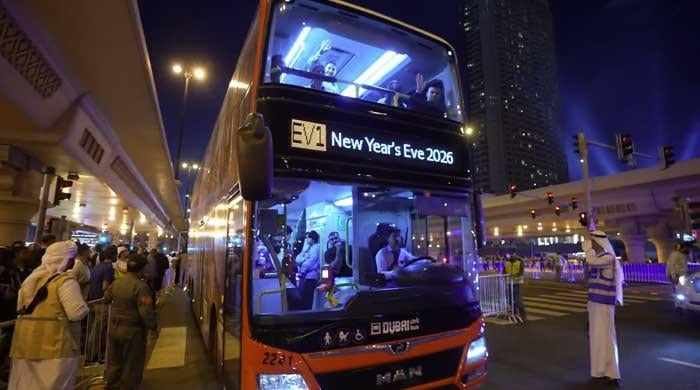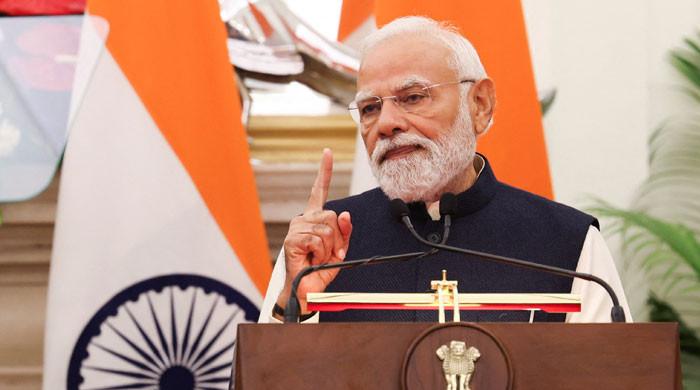From ICMBs to nukes — What else does North Korea have that keeps US up whole night?
North Korea conducted its first nuclear test in 2006 and its sixth and most powerful test in 2017
September 28, 2023

North Korea has officially enshrined its status as a nuclear power within its constitution, with leader Kim Jong Un expressing the need for more potent and advanced nuclear weaponry.
This move comes on the heels of Kim's declaration last year, affirming North Korea's position as an "irreversible" nuclear power. Let's delve into North Korea's diverse and expanding arsenal:
Cruise missiles
Cruise missiles are characterised by their jet propulsion and low-altitude flight, making them challenging to detect and intercept. North Korea possesses an assortment of short-, medium-, and long-range cruise missiles.
Unlike ballistic missiles, cruise missiles are not prohibited from testing under current UN sanctions. In March, North Korea claimed the successful launch of two cruise missiles from a submarine, boasting a range of 1,500 kilometres.
Intermediate-range ballistic missiles (IRBMs)
IRBMs are rocket-propelled during the initial stage of flight and have a range of approximately 3,000-5,500 kilometres. North Korea's primary IRBM, the Hwasong-12, is capable of reaching the US territory of Guam. It was first successfully tested in May 2017 and has seen multiple iterations fired over Japan into the Pacific Ocean, in defiance of UN sanctions.
Intercontinental ballistic missiles (ICBMs)
ICBMs possess a minimum range of 5,500 kilometres and are primarily designed for nuclear warhead delivery. North Korea claimed the successful testing of the Hwasong-15, capable of reaching Alaska, in 2017. In 2022, an even larger Hwasong-17 was displayed, followed by a test flight.
This year, Kim oversaw the successful test of the solid-fuel Hwasong-18. Notably, these ICBMs have been test-fired on a lofted trajectory to avoid flying over Japan, raising questions about their true performance and accuracy over long ranges.
Submarine-launched ballistic missile (SLBM)
SLBMs are highly mobile and hard to detect, as they can be launched from beneath the ocean's surface. North Korea's operational SLBM is the Pukguksong-3, with an estimated range of 1,900 kilometres.
However, questions remain regarding North Korea's exact sea-based launch capabilities. Previous tests were conducted from older vessels, some from submerged platforms, rather than actual submarines.
Hypersonic missiles
Hypersonic missiles travel at speeds exceeding Mach 5, with mid-flight manoeuvrability, making them challenging to track and intercept. North Korea conducted multiple tests, asserting the final verification of its first hypersonic missile.
Nuclear warheads
North Korea conducted its first nuclear test in 2006 and its sixth and most powerful test in 2017. Estimates suggest North Korea may possess enough nuclear material for "20 to 60 warheads."
Additionally, North Korea is actively developing smaller warheads for various delivery systems. Kim's call for expanded production of "weapon-grade nuclear materials" in March signalled a focus on smaller tactical nuclear warheads.
North Korea's evolving arsenal underscores the complex geopolitical challenges posed by its nuclear ambitions. The development and expansion of its weaponry warrant close international scrutiny and diplomacy to address regional and global security concerns.









